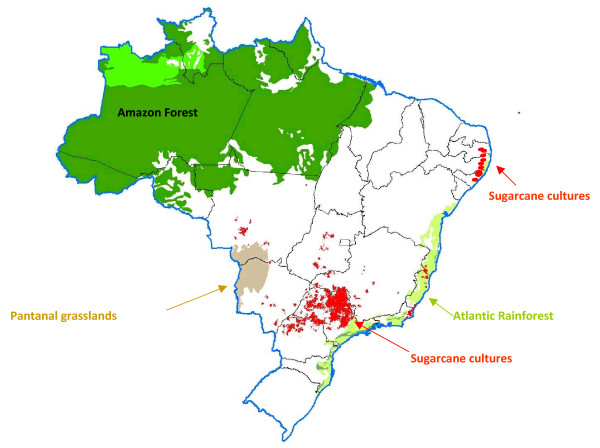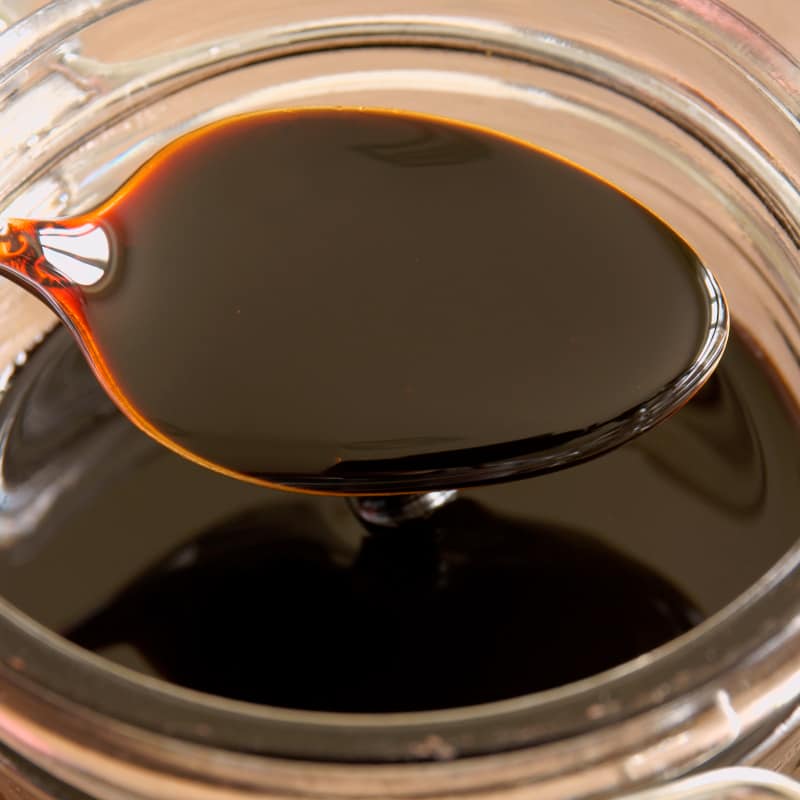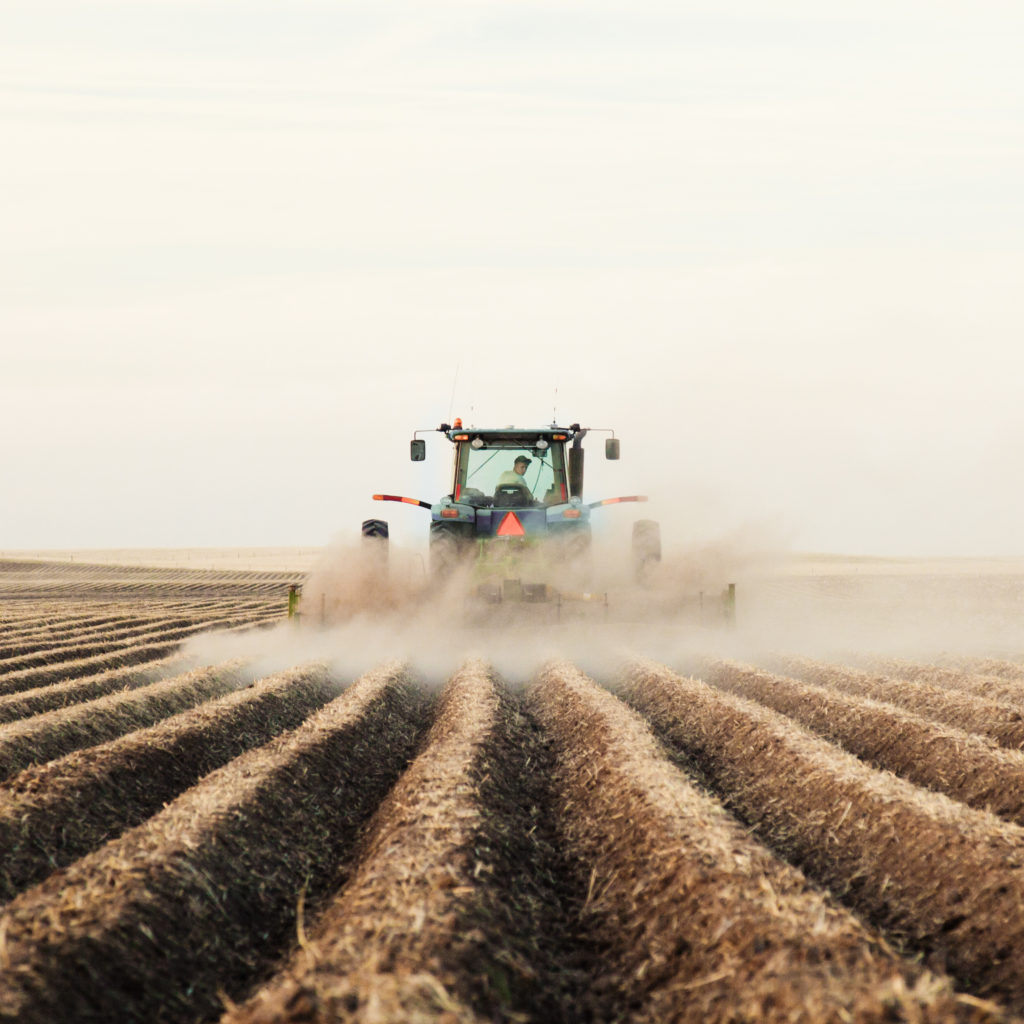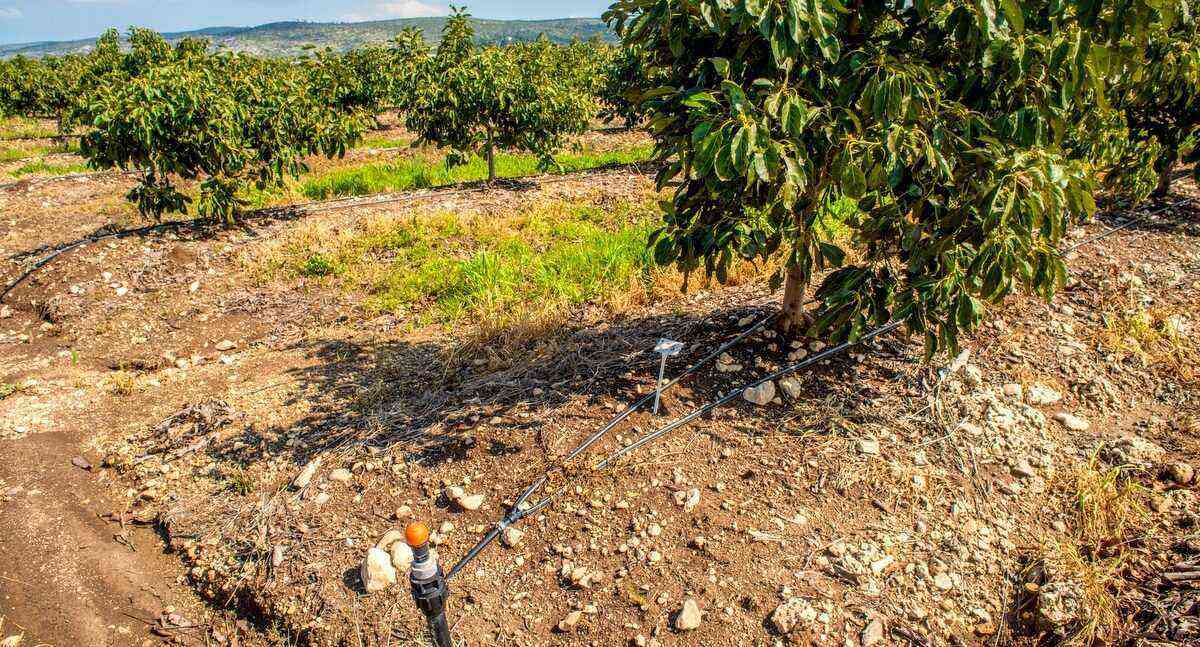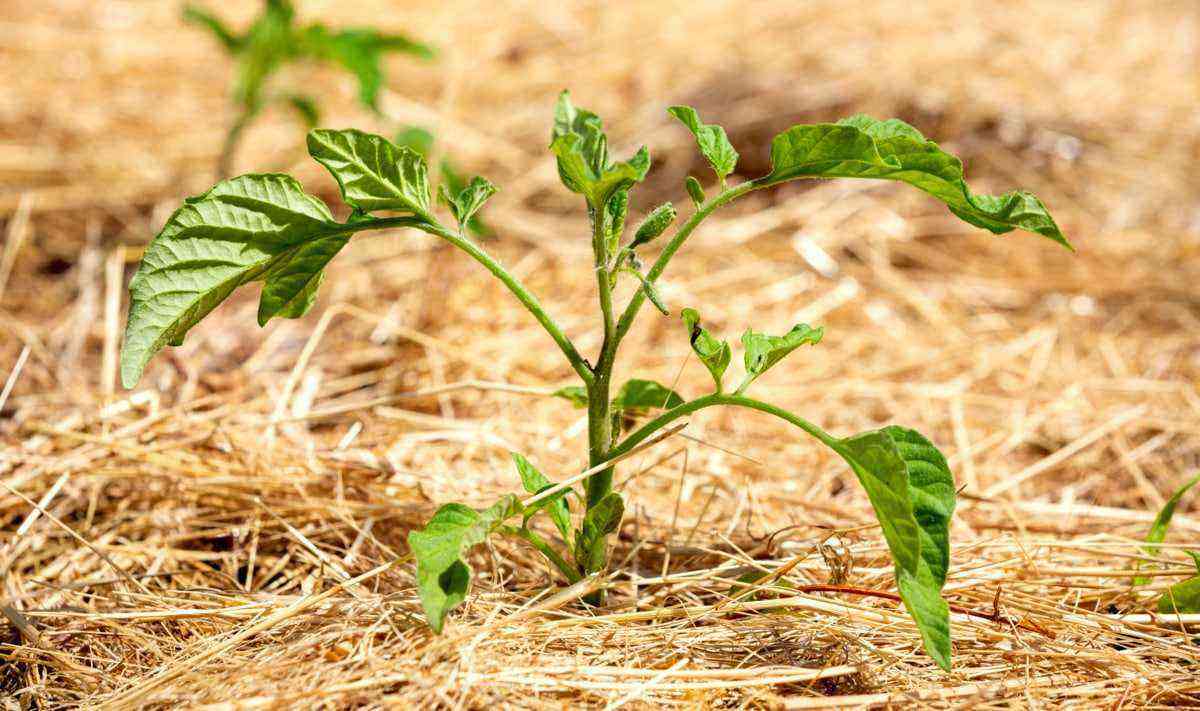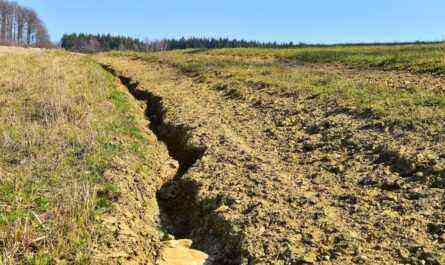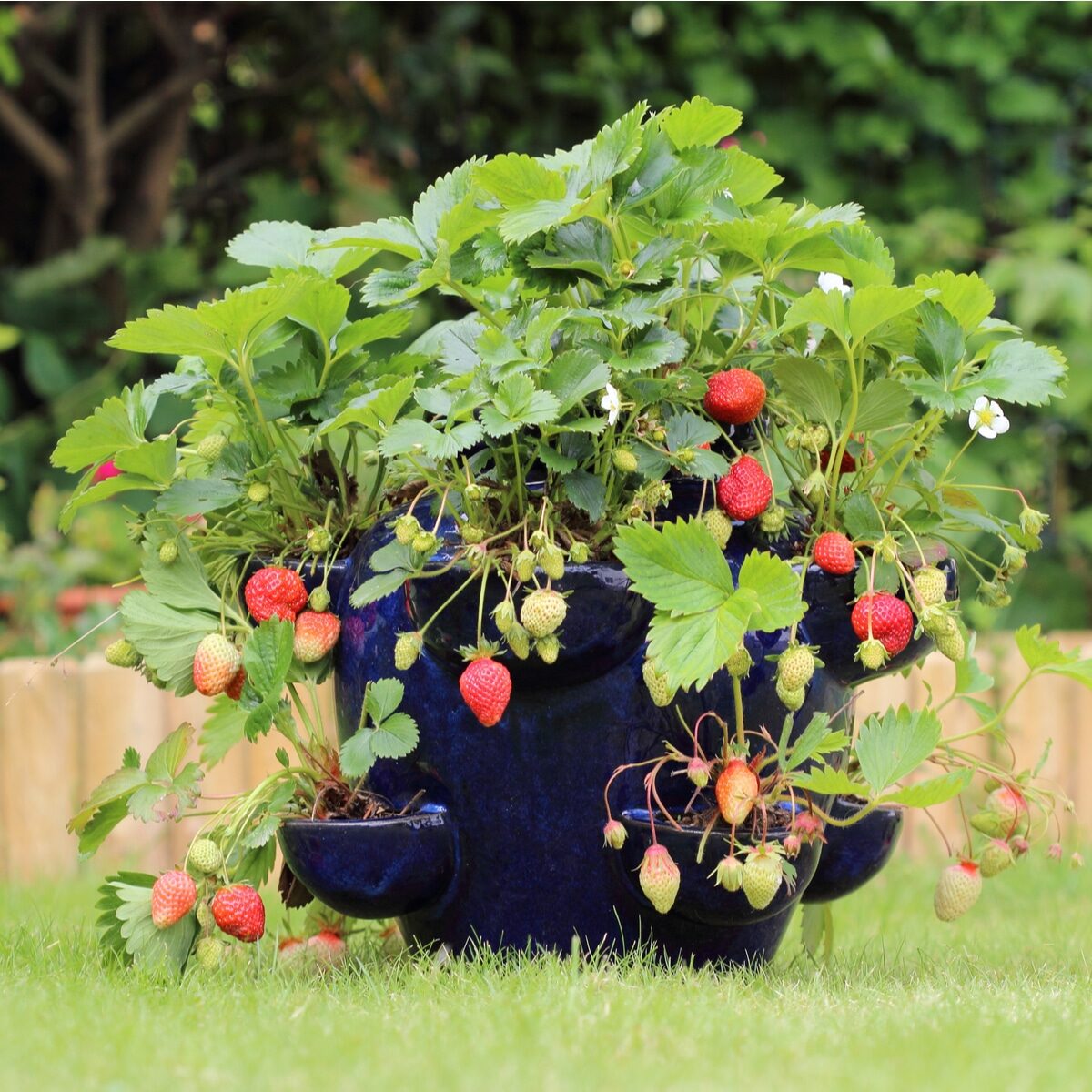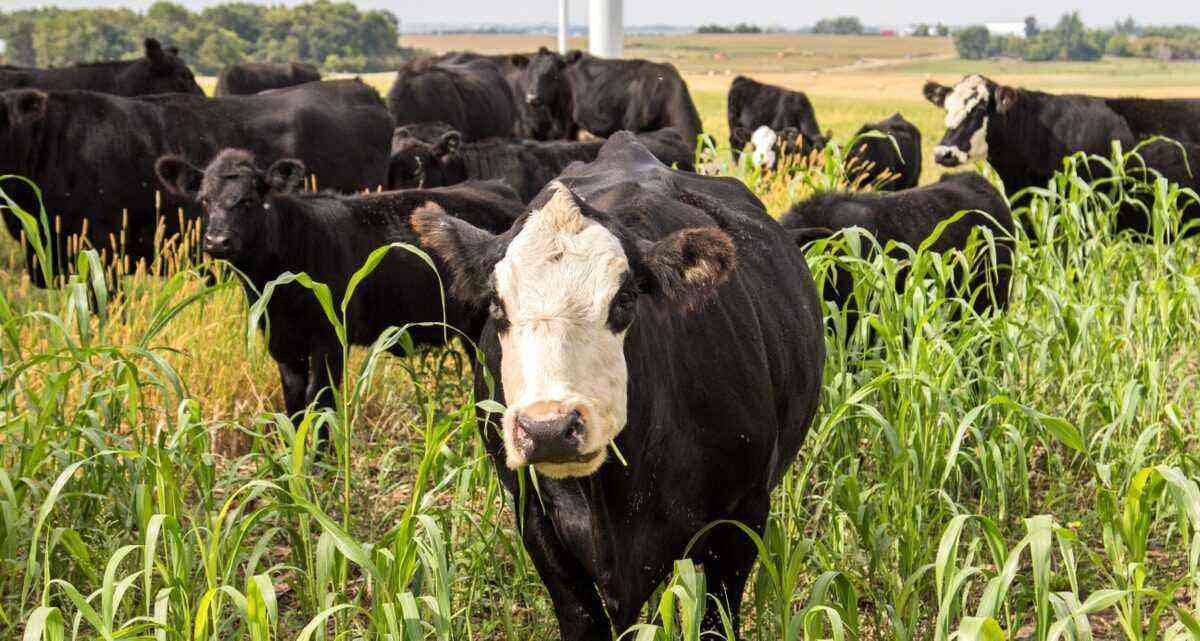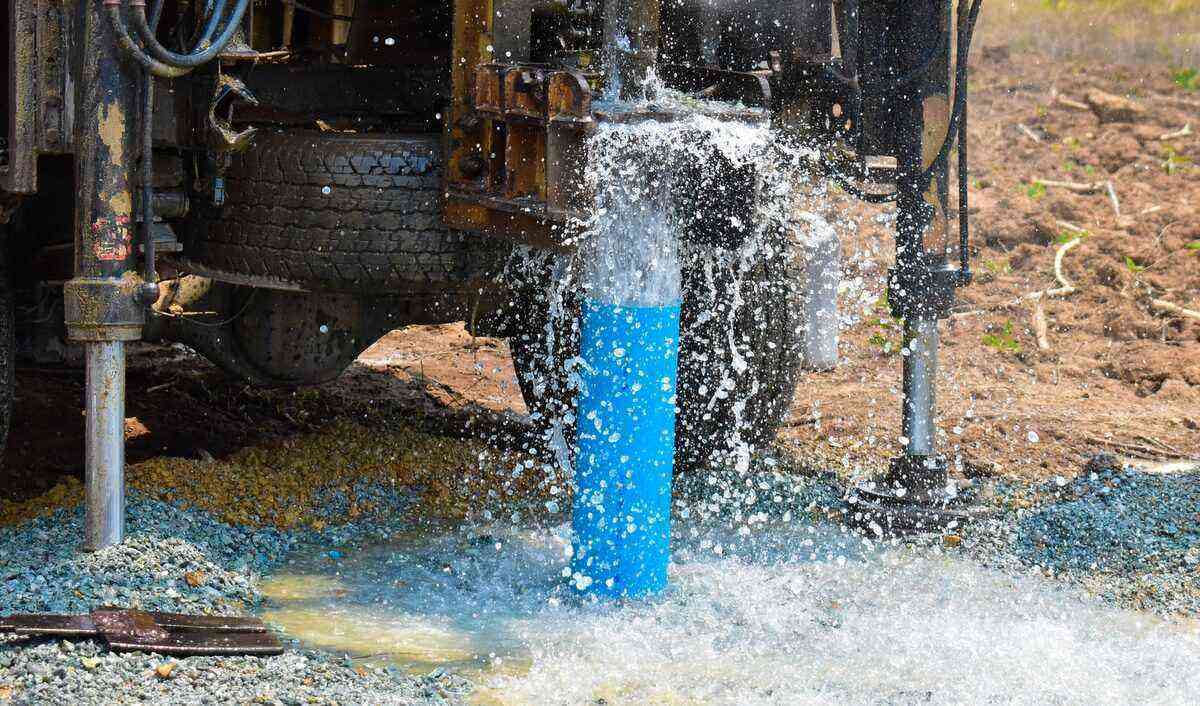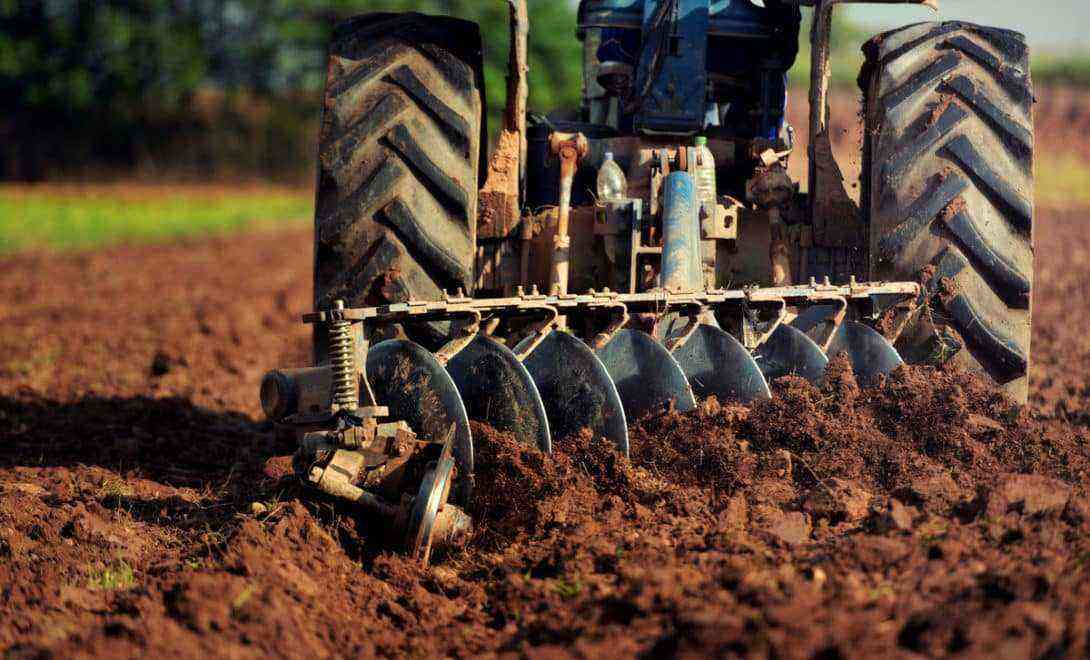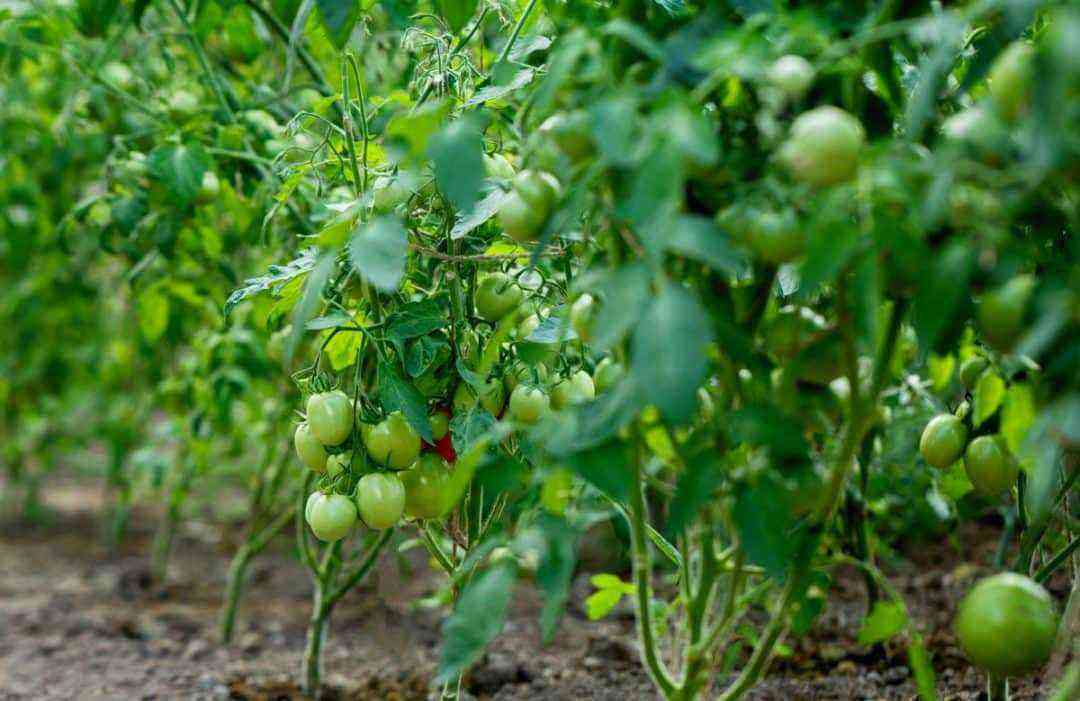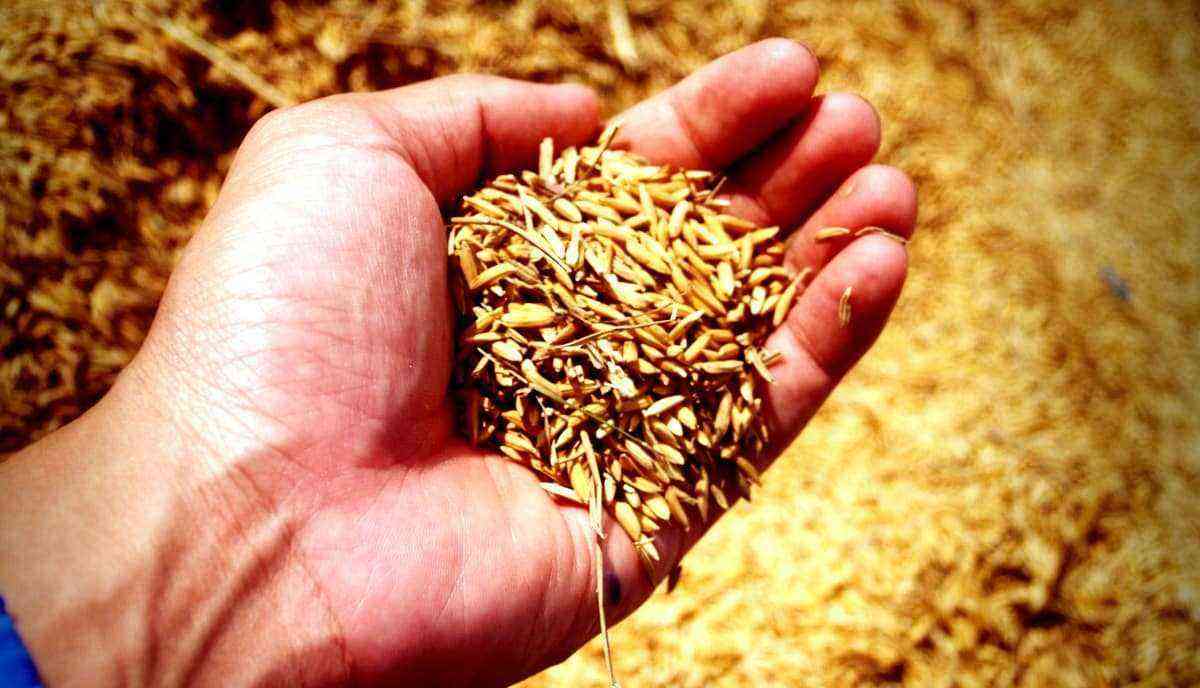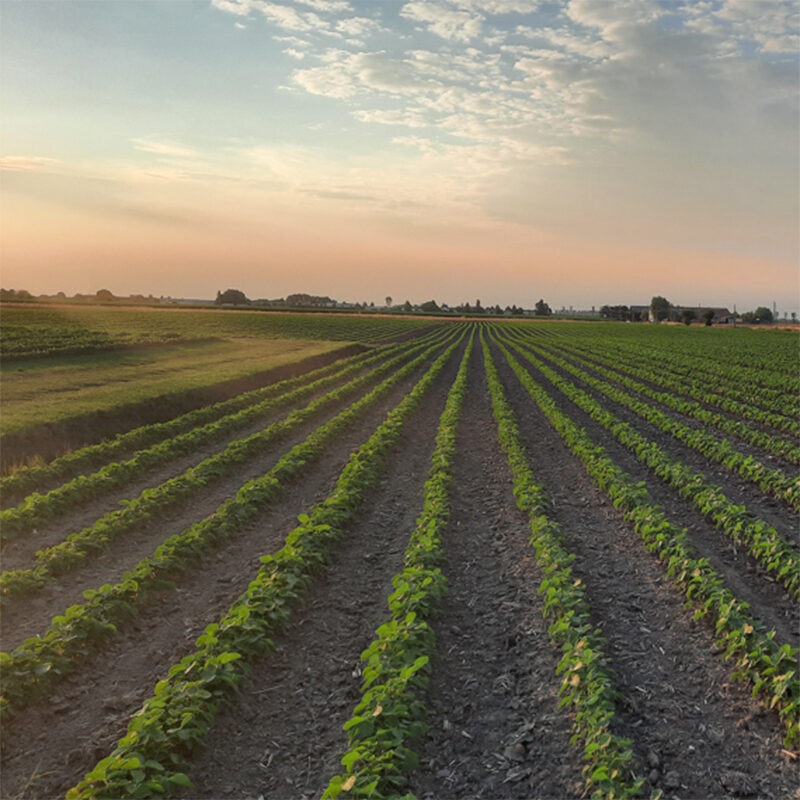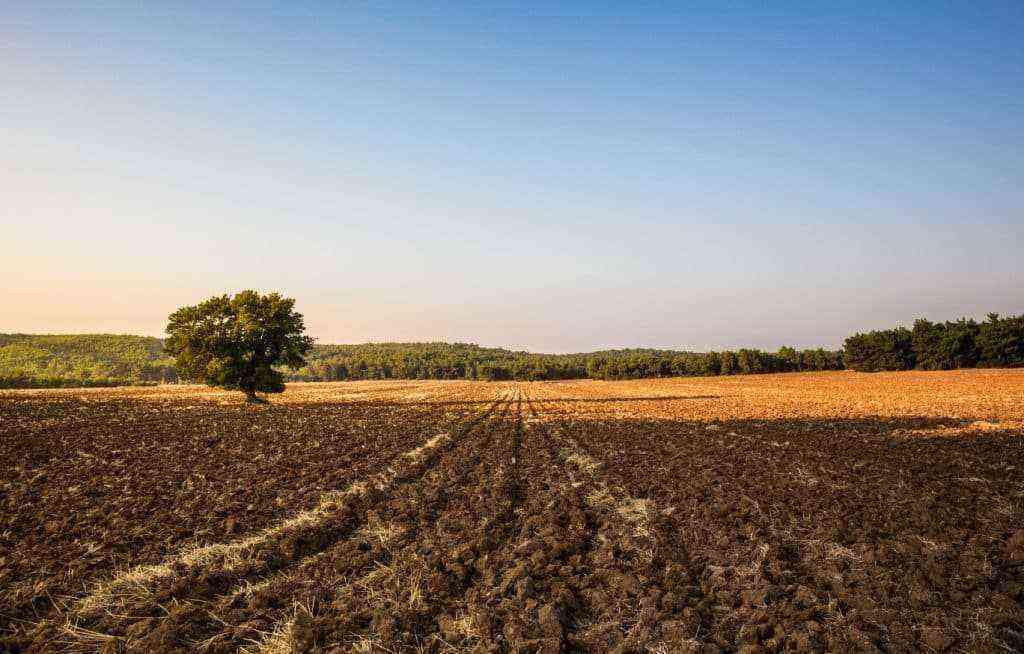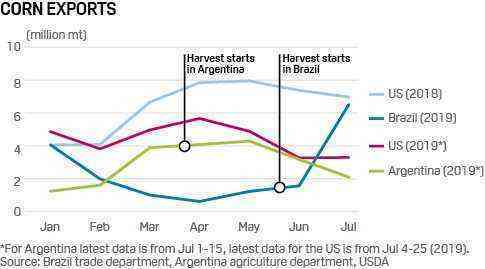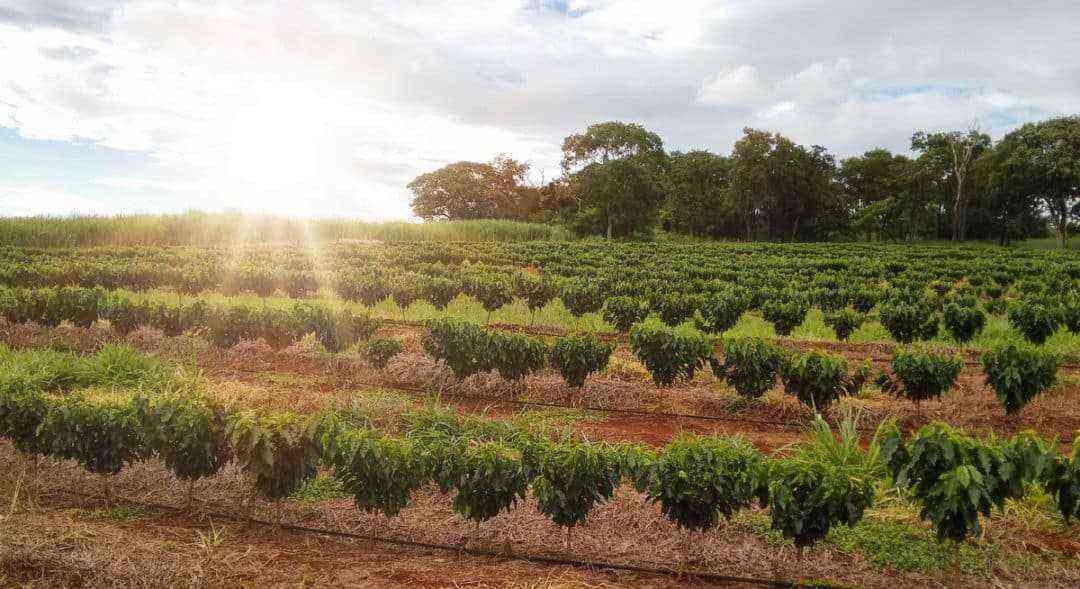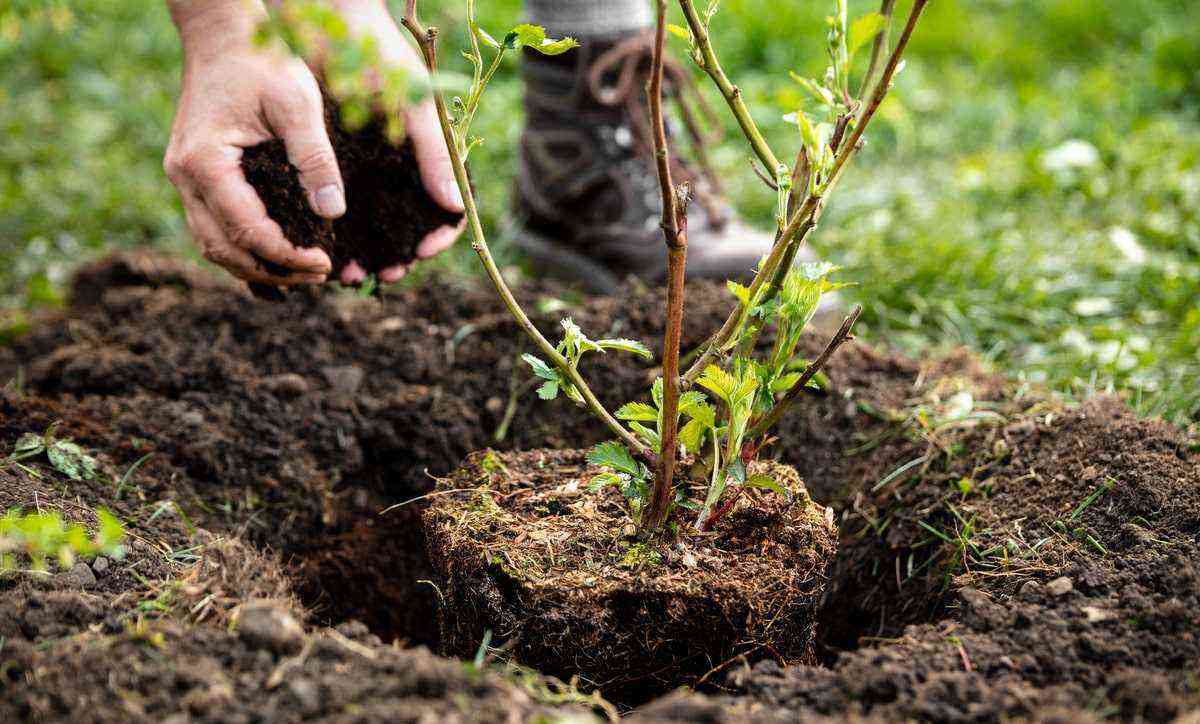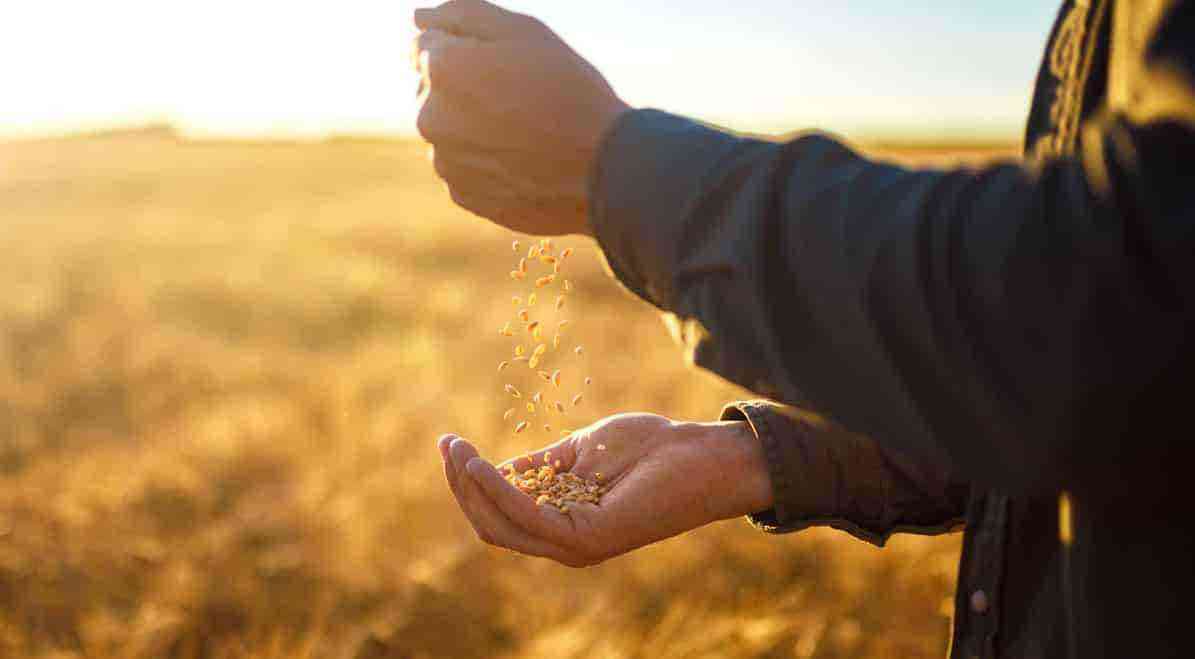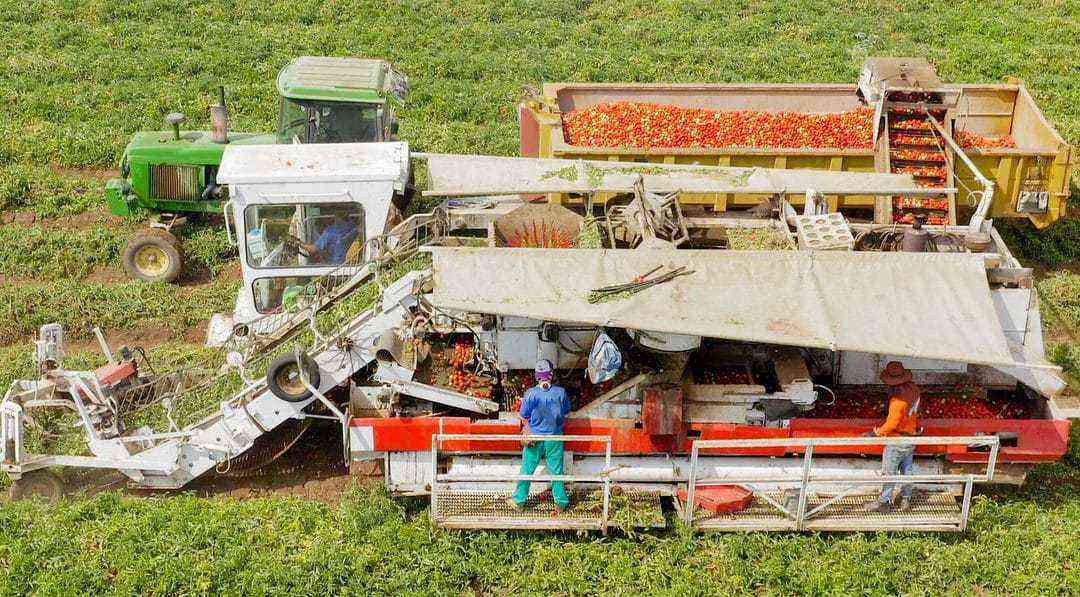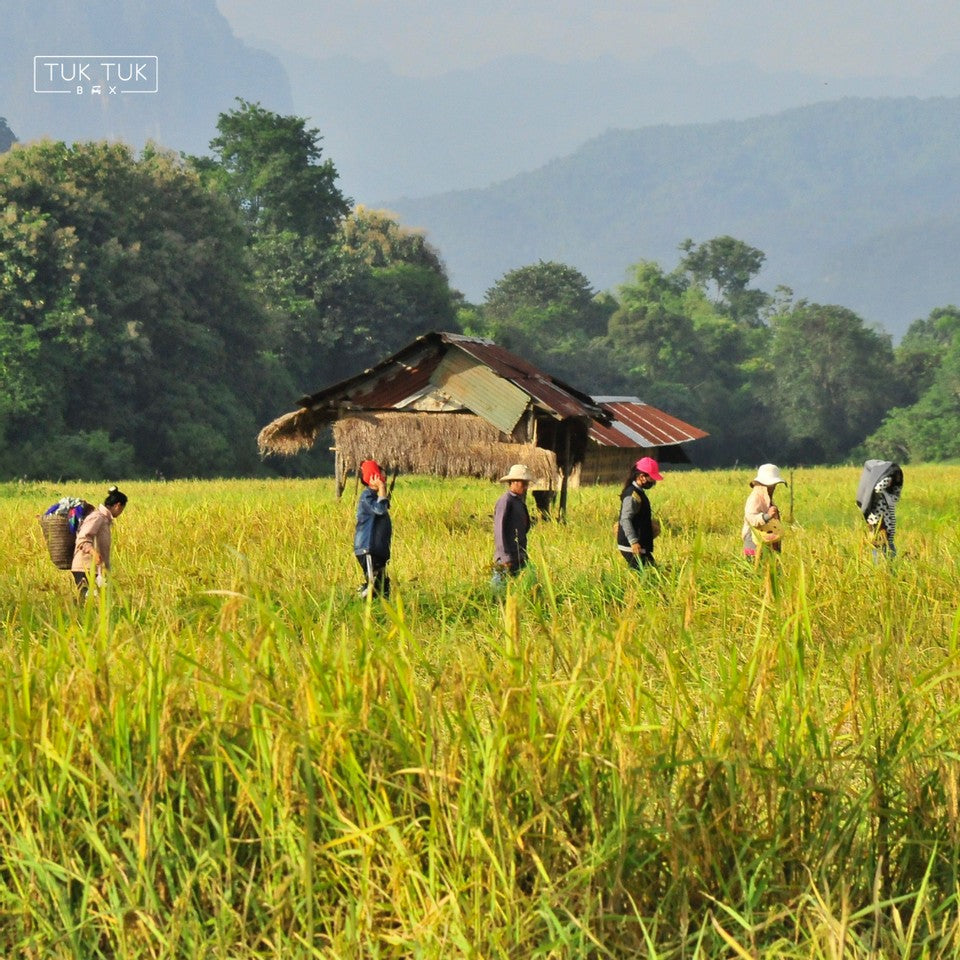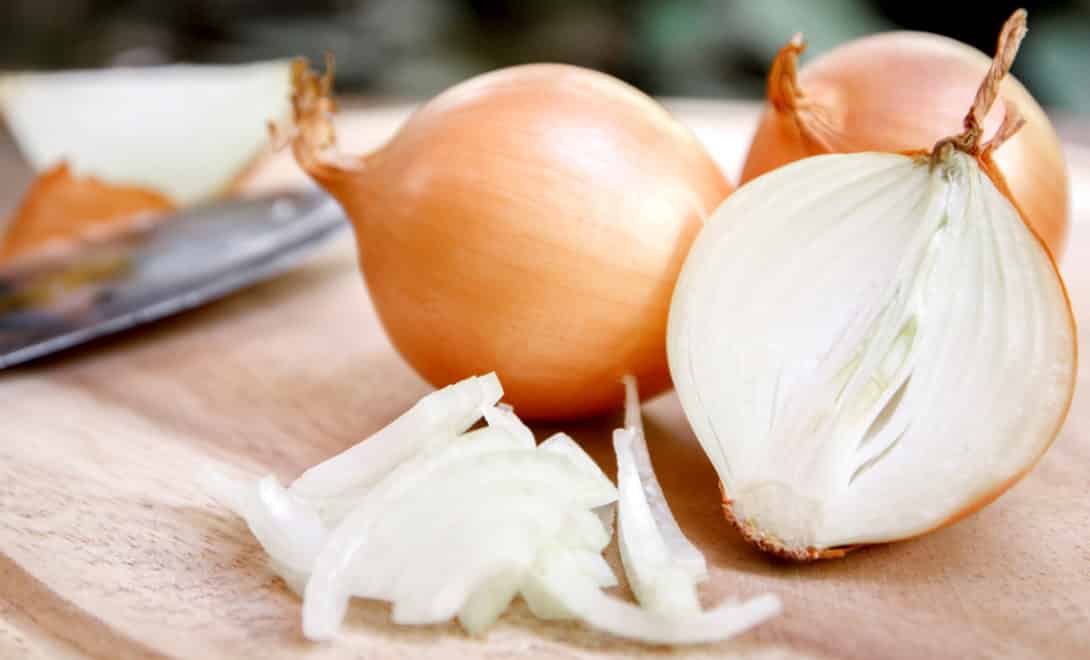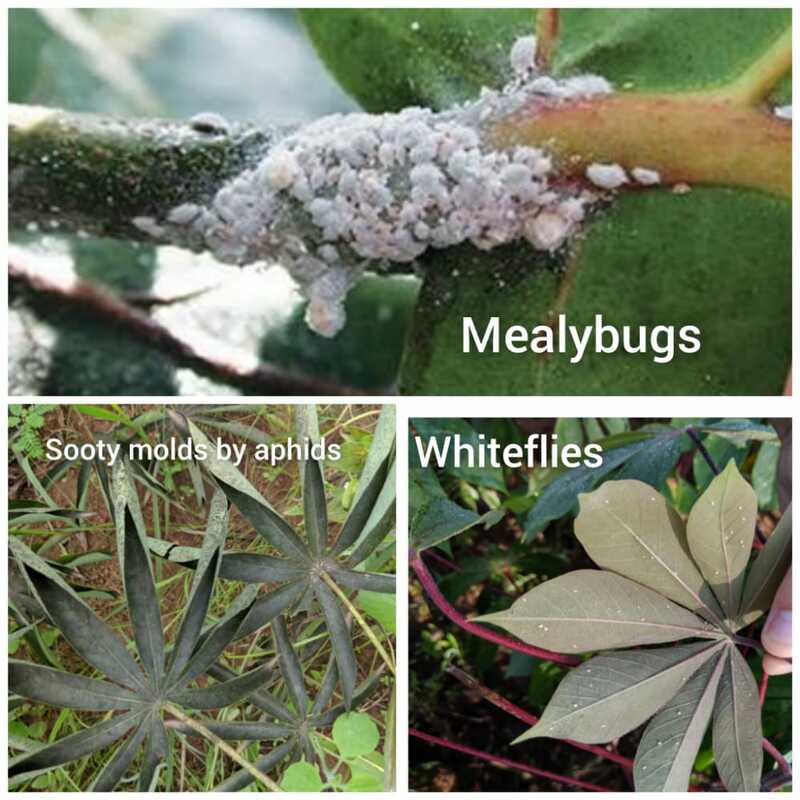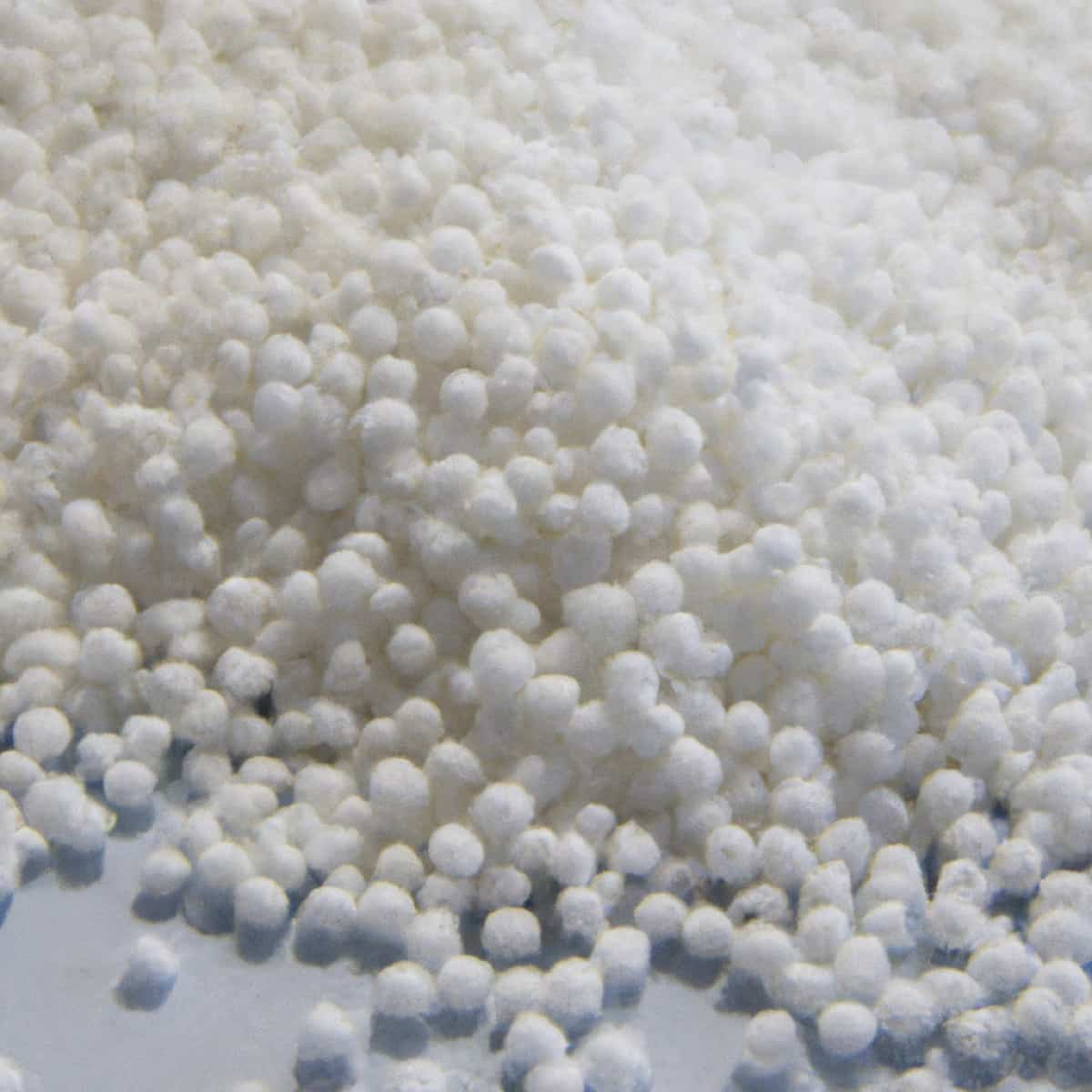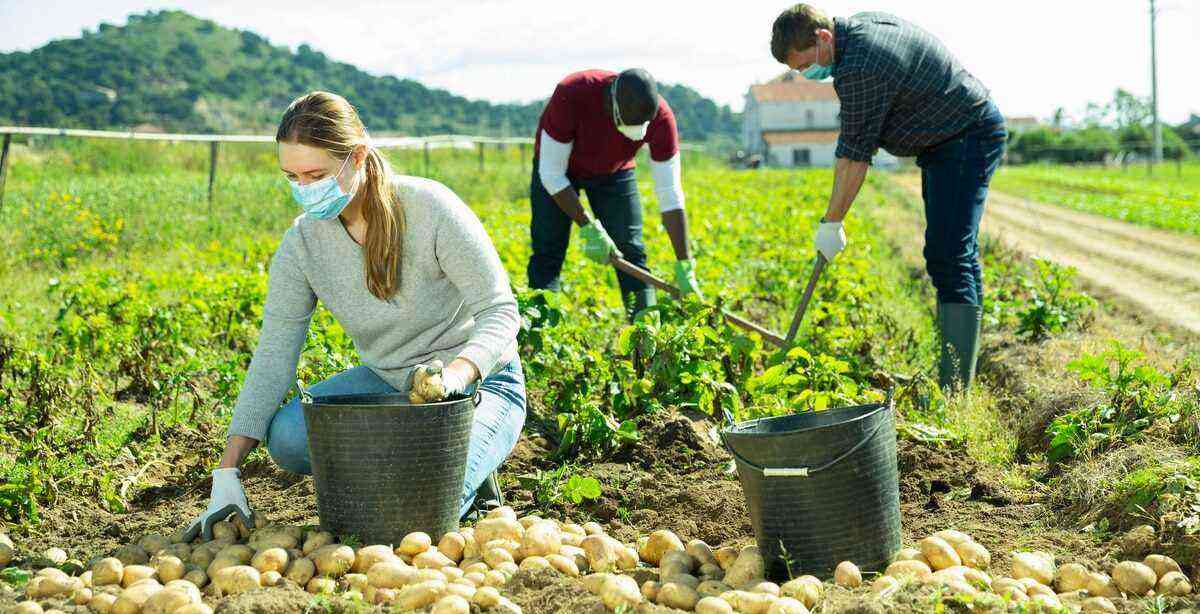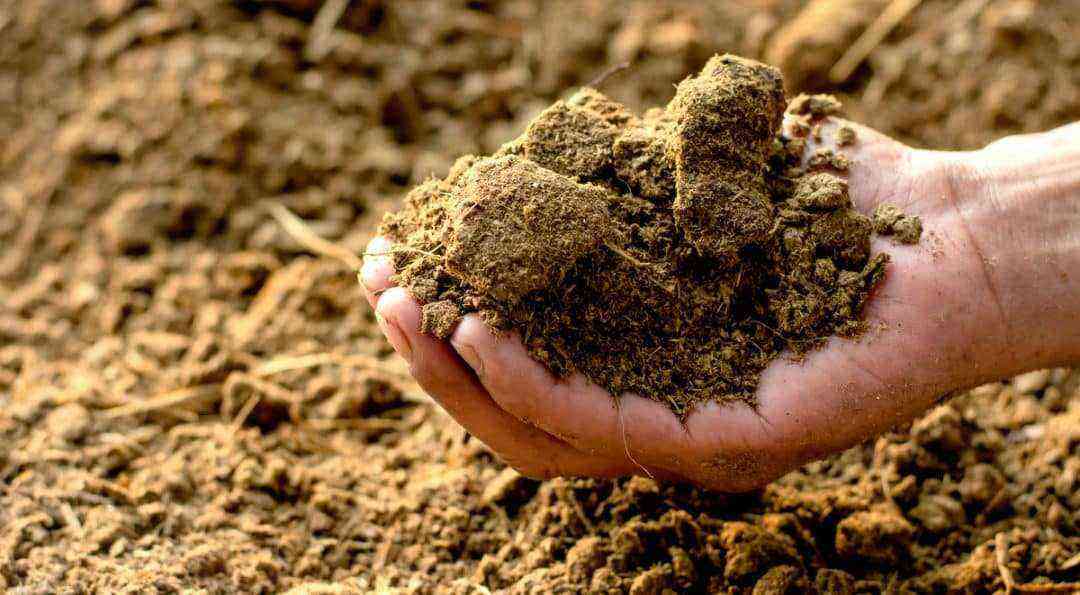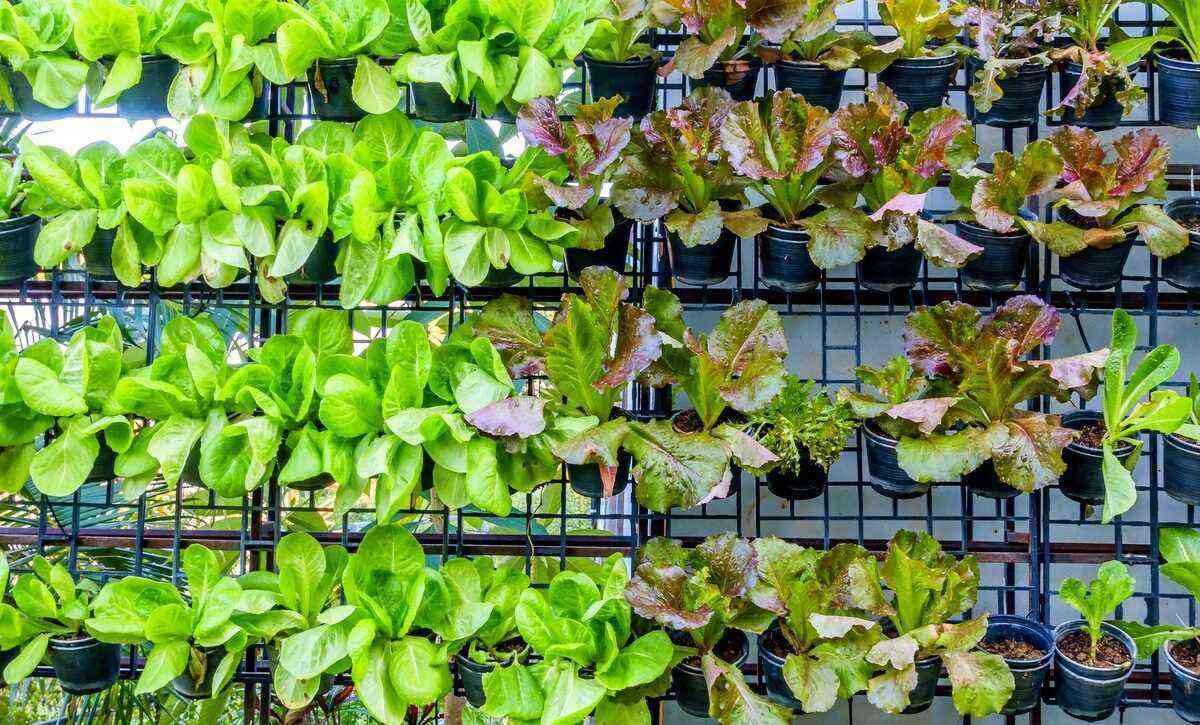Can you taste a fruit picked from the tree while living in the city, in an apartment or small house? Of course yes! At fruit trees can be planted in pots and produce beautiful and delicious fruits in the same way that happens when planting in the ground.
The only difference is that when planting in pots, the soil must be more structured in terms of nutrition than in traditional cultivation. And the replacement of nutrients should happen several times in the plant’s growing cycle.
But it is necessary to be aware that, as much as the pots fit in small spaces, the fruit trees need several hours of direct sunlight daily.
A sunny balcony, a terrace or even a patio is essential.
What fruit plants can be planted in pots?
Below are some species that adapt to the pot cultivation, bearing fruit with vigor and quality:
Pomegranate
The pomegranate tree, in addition to having delicious fruits, also has a beautiful flowering, with fleshy and folded flowers.
It adapts so well to pots that it can even be grown as bonsai, in miniaturized and very elegant formats.
lemon Tree

lemon in pots
Lemon varieties adapt incredibly to pots, often carrying huge, fragrant lemons.
Choose productive varieties, preferably grafted and already producing to plant in pots.
Orange
Choose a grafted plant, preferably dwarf-sized and already producing. It likes frequent watering and lots of sun to keep it healthy.
Avoid reaching the closed canopy, like a shrub, as it reduces productivity and increases the chance of diseases and pests settling in.
Laranja-kinkan
This orange tree is ideal for pots, as it naturally has smaller size and small fruits, being not only proportional, but beautiful and productive if well cared for. Enjoy half shade.
Tangerine
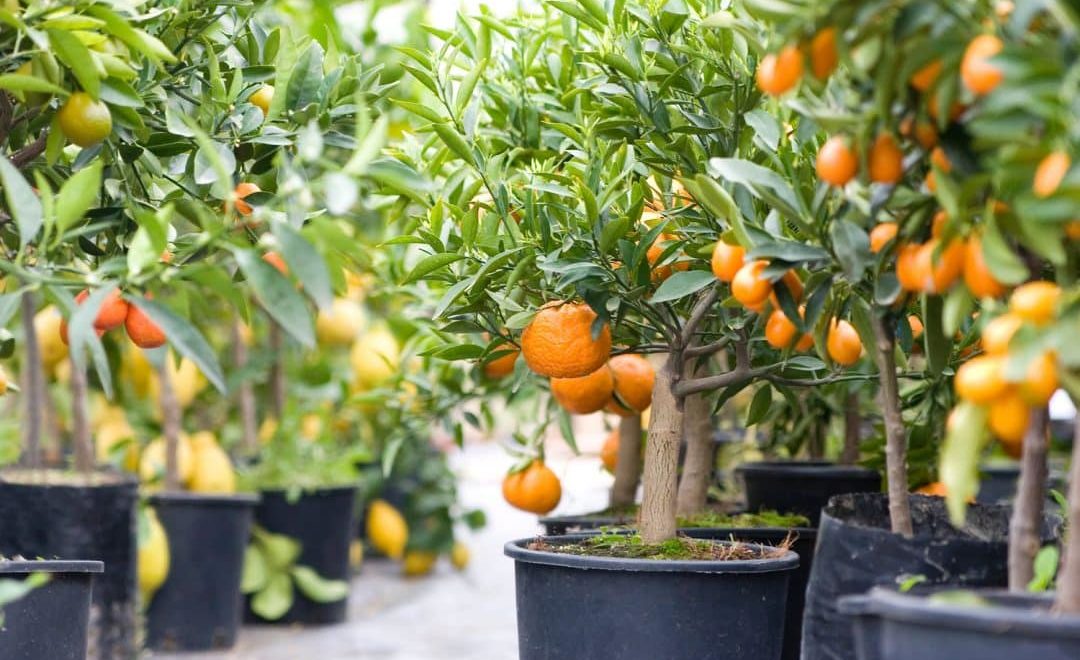 Gossip in pots
Gossip in pots
This one has a special childhood taste, as it doesn’t even need a knife to taste. We peel it with our hands and that perfume is already there.
Take care in the same way as orange and lemon trees, with good fertilization, watering and cleaning and training pruning.
Choose productive varieties, preferably grafted and already producing, to plant in pots.
Pitaya

Potted pitaya
The pitaya can be planted by seeds or by cuttings (cuttings), and planting with a stake takes much less time to bear fruit. Buy seedlings from growers or remove from an adult plant, respecting the stem joints.
You can leave the pot on the ground or suspended, as it is a bushy plant, suspended planting is very interesting. Plant in a shady spot at least an inch deep. In the first month, watering should be daily.
Mango
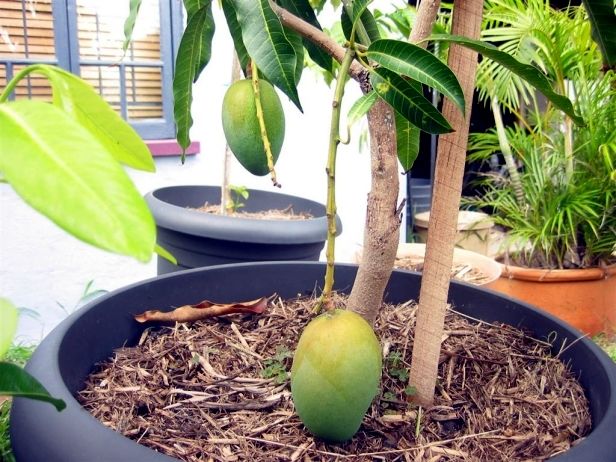
mango in pots
Amazingly, mango trees, such imposing trees, with large leaves and fruits, can also be grown in pots.
They need water and light, but they adapt well to pots.
Choose dwarf varieties, which produce even with small size.
Jabuticaba

Jabuticaba in pots
Jabuticabeira is one of the favorite trees to plant in pots. Buy plants of the Sabará variety, dwarf and that are already producing.
The jabuticabeira is especially demanding in water. Do not miss the flowering and fruiting period. You can find seedlings producing here.
Pitanga
A native species, small and with the most delicious and fragrant fruits. In addition, they are difficult to find in supermarkets and greengrocers, and it is common for people who grow up in cities to have never tasted pitanga.
Such a Brazilian fruit that helps to feed the wild fauna as well. Currently, there is still a bushy variety, with dense foliage, which, in addition to producing pitanga, becomes an elegant shrub, and can even be stubbled.
Arrack
Another fruit native to Brazil, with a taste of the countryside, reminiscent of guava.
Preferably choose dwarf, red or yellow fruit varieties. Rustic and easy to care for.
Apple
A favorite fruit in the United States and Europe, to plant in pots. There are dwarf trees available there, which produce a lot, even very small.
It can be an interesting option in places with a more temperate to subtropical climate.
Fig
An exotic tree, but very well adapted. Fig trees are also great to plant in pots and get their delicious fruit.
Take care with the pruning, to form a clean and well ventilated crown tree, thus maintaining its health and stimulating the production of fruits.
Guava

Guava in pots
Another native that is very easy to care for and good for pots. And it’s amazing how different the taste of guava plucked from the tree is from purchased guavas. Bought ones always give me the feeling of being green, indigestible and too big.
Eat guava in natura, or prepare jams, guava, sauces, etc., with your own guava plant grown in pots. Make sure there is no shortage of water and fertilizers.
Acerola
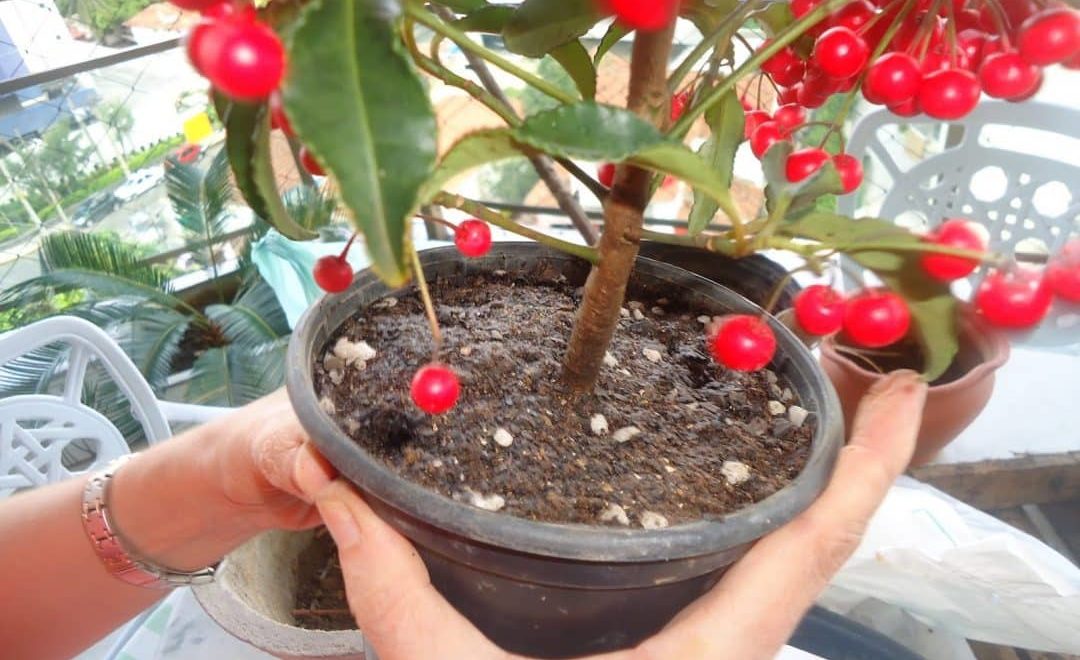 acerola in vase
acerola in vase
Have you ever thought about having your daily dose of vitamin C within reach? Acerola is a very rich and tasty fruit. Ideal for refreshing juices. And guess what? It is perfect for planting in pots. Likes sun, heat and frequent watering.
There are other species that adapt well to pots, among these we can mention the cherry tree, cherry, plum, peach, pear, mulberry, avocado, nectarine, lychee, raspberry, among others.
Here are some important and practical tips for growing:
Vase and earth
 It is important that the pot is of adequate size.
It is important that the pot is of adequate size.
For each fruit tree you will need a pot that contains at least 20 liters of soil and it is important that there is room for the roots to expand (bulky pots are well suited).
Prepare the soil for these pots with a mixture of 50% organic, black, heavy soil, and 50% medium construction sand (washed river sand).
At the bottom of the vase, up to 15cm high, make the drainage bed with pebbles, shards of tile or brick (don’t forget that the vase must have some holes in the bottom, for water drainage).
sun and light
Fruit trees will only bear good fruit if they have sun and light for at least 6 hours every day.
Fertilizing
You will have to supply the soil of each pot with the necessary nutrients – nitrogen, phosphorus, potassium will have to be incorporated into the soil a few weeks before you install the fruit tree – and the micronutrients that each plant requires and that you can identify by the color of the leaves.
A “plus” of fertilization should be done before the fruiting season, when the flowers begin to open, and you can use well-ripened organic compost, castor oil cake and ash, or liquid fertilizer that is made with organic remains mixed with water.
Irrigation
Depending on your region’s climate, a potted fruit tree will need up to 3 waterings per week. You can do watering on fixed days, reducing the amount in periods of rain and increasing in times of great drought.
You can also water it with the fertilizing liquid I mentioned above and for which there are different formulas.
Did you like the text? Also visit: Avocado tree: check the main care.
